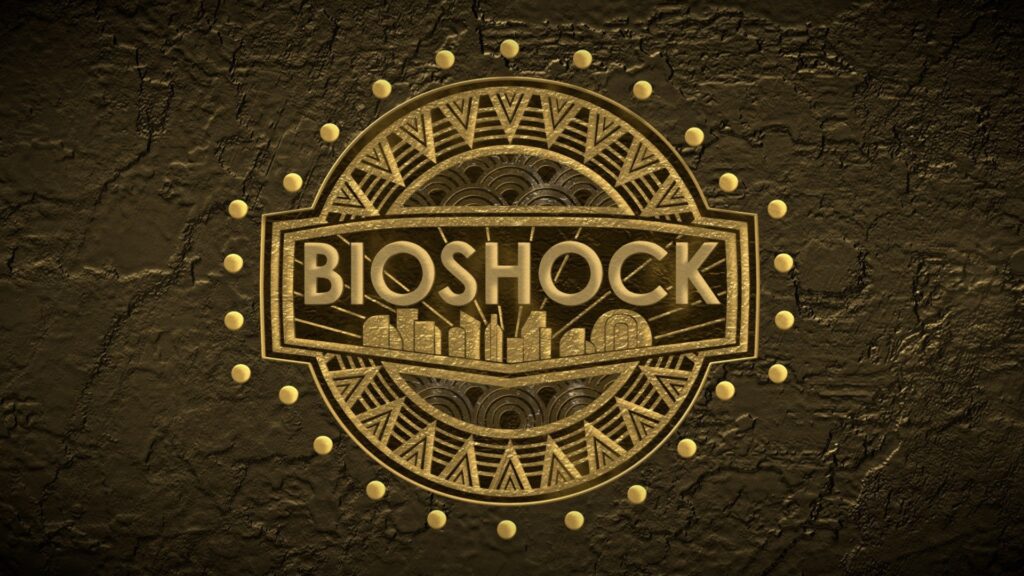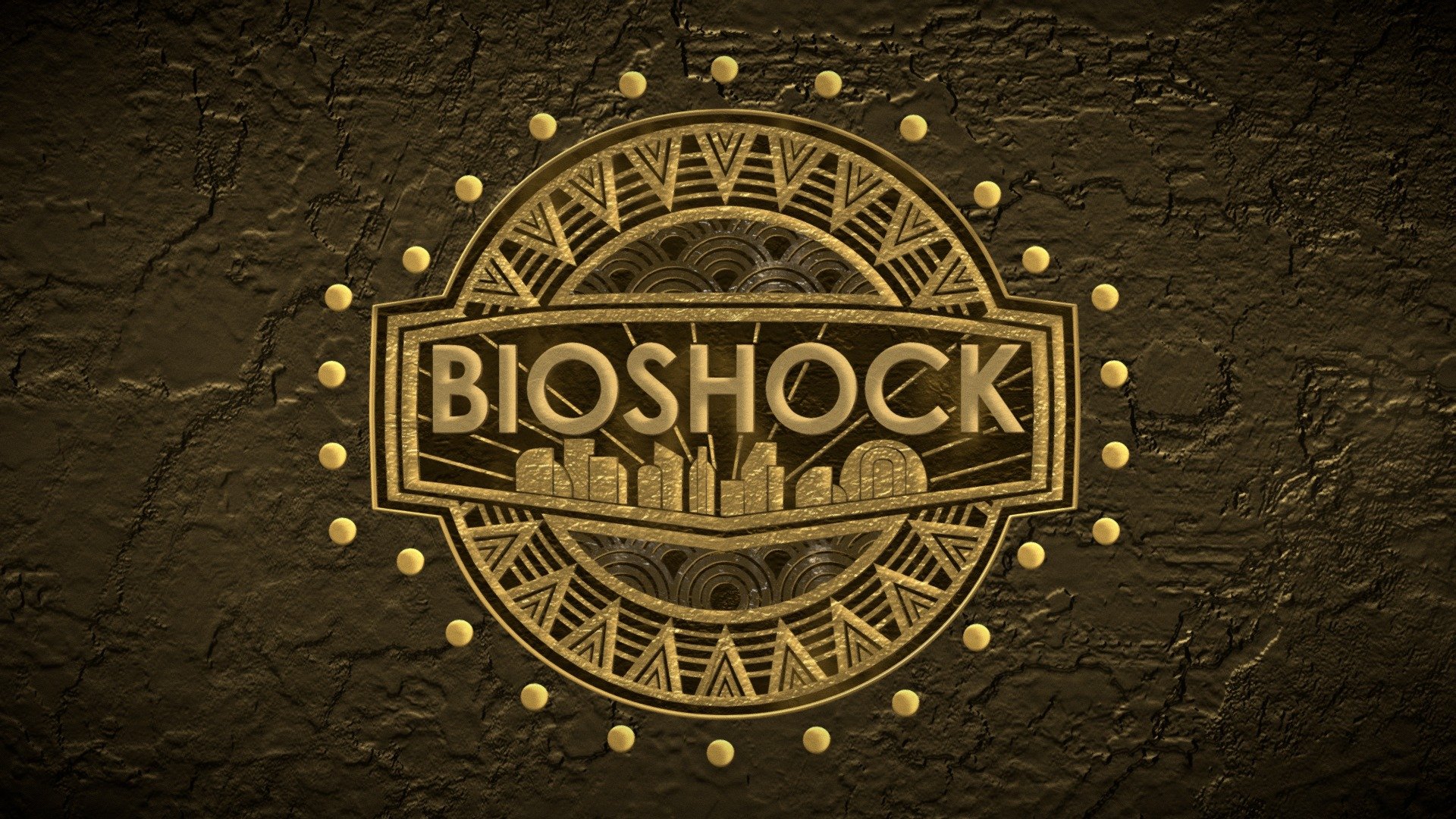
Decoding BioShock Symbols: A Deep Dive into Rapture’s Iconography
The BioShock series, celebrated for its immersive world-building and thought-provoking narratives, is rich with symbolism. From the art deco architecture of Rapture to the genetic modifications of its inhabitants, every element contributes to the game’s thematic depth. Understanding the BioShock symbols woven throughout the game enhances the player’s appreciation of its story and underlying messages. This article explores the key BioShock symbols, their meanings, and their significance within the context of the game’s universe.
The City of Rapture: A Symbol of Failed Ideals
Rapture, the underwater metropolis conceived by Andrew Ryan, is arguably the most potent symbol in BioShock. Built as a haven for the world’s elite, free from government regulation and moral constraints, it quickly descends into chaos. The art deco architecture, initially representing progress and sophistication, becomes a decaying monument to Ryan’s failed utopia. The city itself is a BioShock symbol of unchecked ambition and the dangers of extreme individualism.
- Art Deco Architecture: Symbolizes the initial promise of Rapture – elegance, progress, and innovation. Its decay reflects the corruption of Ryan’s ideals.
- Underwater Location: Isolates Rapture from the rest of the world, both physically and ideologically. This isolation breeds extremism and ultimately leads to its downfall.
- The Bathysphere: Represents entry into a new world, a gateway to both Ryan’s vision and its inherent flaws.
Andrew Ryan: The Embodiment of Objectivism
Andrew Ryan, the founder of Rapture, is a central figure whose beliefs and actions drive the narrative. He embodies the philosophy of Objectivism, advocating for individual achievement and minimal government interference. However, his rigid adherence to these principles leads to tyranny and ultimately contributes to Rapture’s collapse. Ryan himself is a BioShock symbol of the dangers of ideological extremism.
His famous quote, “A man chooses, a slave obeys,” encapsulates his philosophy and the core conflict of the game. This statement, repeated throughout BioShock, highlights the tension between free will and control, a recurring theme explored through the narrative and gameplay.
ADAM and Plasmids: Genetic Manipulation and its Consequences
ADAM, a substance derived from sea slugs, allows individuals to rewrite their genetic code and gain superhuman abilities through Plasmids. While initially presented as a path to self-improvement, ADAM quickly becomes a source of addiction and societal decay. The use of Plasmids and the resulting genetic mutations serve as a BioShock symbol of the corrupting influence of power and the unforeseen consequences of scientific advancement.
- Plasmids: Represent the allure of power and the temptation to alter one’s nature.
- Splicers: The mutated inhabitants of Rapture, addicted to ADAM, serve as a cautionary tale about the dangers of unchecked scientific experimentation and the erosion of humanity.
- Little Sisters: Genetically modified children who harvest ADAM, symbolize innocence exploited for personal gain and the ethical dilemmas of scientific progress. They are a critical BioShock symbol.
The Big Daddies: Guardians and Enforcers
The Big Daddies, heavily armored protectors of the Little Sisters, are among the most iconic figures in BioShock. Genetically modified and psychologically conditioned to serve as guardians, they represent both power and vulnerability. Their unwavering loyalty to the Little Sisters highlights the complex moral landscape of Rapture. The Big Daddies are a BioShock symbol of enforced servitude and the manipulation of free will.
Their imposing presence and distinctive moans create a sense of dread and sympathy, forcing players to confront the ethical implications of their actions within the game’s world.
The Chain and the Phrase: “Would You Kindly?”
The phrase “Would you kindly?” is a trigger phrase used to control Jack, the protagonist, revealing his lack of free will. This phrase, coupled with the image of the chain, becomes a powerful BioShock symbol of manipulation and the illusion of choice. It exposes the player’s agency within the game as a carefully constructed narrative, questioning the nature of free will in both virtual and real-world contexts.
The revelation of Jack’s manipulation is a pivotal moment in the game, forcing players to reconsider their actions and the nature of their relationship with the game world.
Roses: A Symbol of Lost Innocence
Roses appear frequently in BioShock, often in decaying or corrupted settings. They serve as a poignant BioShock symbol of lost innocence and the corruption of beauty within Rapture. The juxtaposition of the rose’s inherent beauty with the city’s decay highlights the tragic fall from grace that has befallen its inhabitants.
Different Interpretations of BioShock Symbols
There are different interpretations of the BioShock symbols present in the game. Some argue that the symbols point to the dangers of unchecked capitalism, while others see them as a critique of collectivism. The beauty of the game lies in its ability to be interpreted in multiple ways, allowing players to draw their own conclusions about the meaning of Rapture and its inhabitants.
Many scholars have also analyzed the game from a philosophical perspective, examining the themes of free will, determinism, and the nature of morality. The BioShock symbols provide rich material for these discussions, contributing to the game’s enduring legacy as a work of art.
BioShock 2 Symbols
BioShock 2 continues to build upon the symbolic language established in the first game, introducing new elements that further explore the themes of family, sacrifice, and redemption. The game features new BioShock symbols related to the Lamb, Sofia Lamb, and the Family.
- The Lamb: Sofia Lamb’s vision of a collectivist society, contrasting with Andrew Ryan’s Objectivism.
- The Family: Sofia Lamb’s cult-like followers, representing the dangers of blind faith and the suppression of individuality.
BioShock Infinite Symbols
BioShock Infinite transports players to Columbia, a floating city in the sky, and introduces new BioShock symbols related to American exceptionalism, racial prejudice, and the nature of choice. The game’s intricate plot and complex characters further enhance the series’ reputation for thought-provoking storytelling.
- Columbia: Symbolizes American exceptionalism and the dangers of nationalism.
- The Songbird: Represents control and the suppression of free will, similar to the Big Daddies in Rapture.
- Elizabeth: Represents the power of choice and the potential to alter the course of history.
The Enduring Legacy of BioShock Symbols
The BioShock symbols are a testament to the series’ enduring legacy as a work of art that transcends the boundaries of video games. The game’s exploration of complex themes and its intricate world-building continue to resonate with players and critics alike. By understanding the meanings behind these symbols, players can gain a deeper appreciation for the rich tapestry of ideas and emotions that BioShock weaves.
The game’s continued popularity ensures that these BioShock symbols will continue to be discussed and analyzed for years to come. [See also: BioShock: The Collection Review] [See also: The Philosophy of BioShock] [See also: Comparing BioShock and System Shock]
In conclusion, the BioShock symbols are integral to understanding the game’s themes and narrative. From the decaying architecture of Rapture to the iconic figures of the Big Daddies and Little Sisters, every element contributes to the game’s rich tapestry of meaning. By exploring these symbols, players can unlock a deeper appreciation for the artistry and intellectual depth of the BioShock series. Understanding the BioShock symbols allows for a richer, more meaningful gaming experience.

